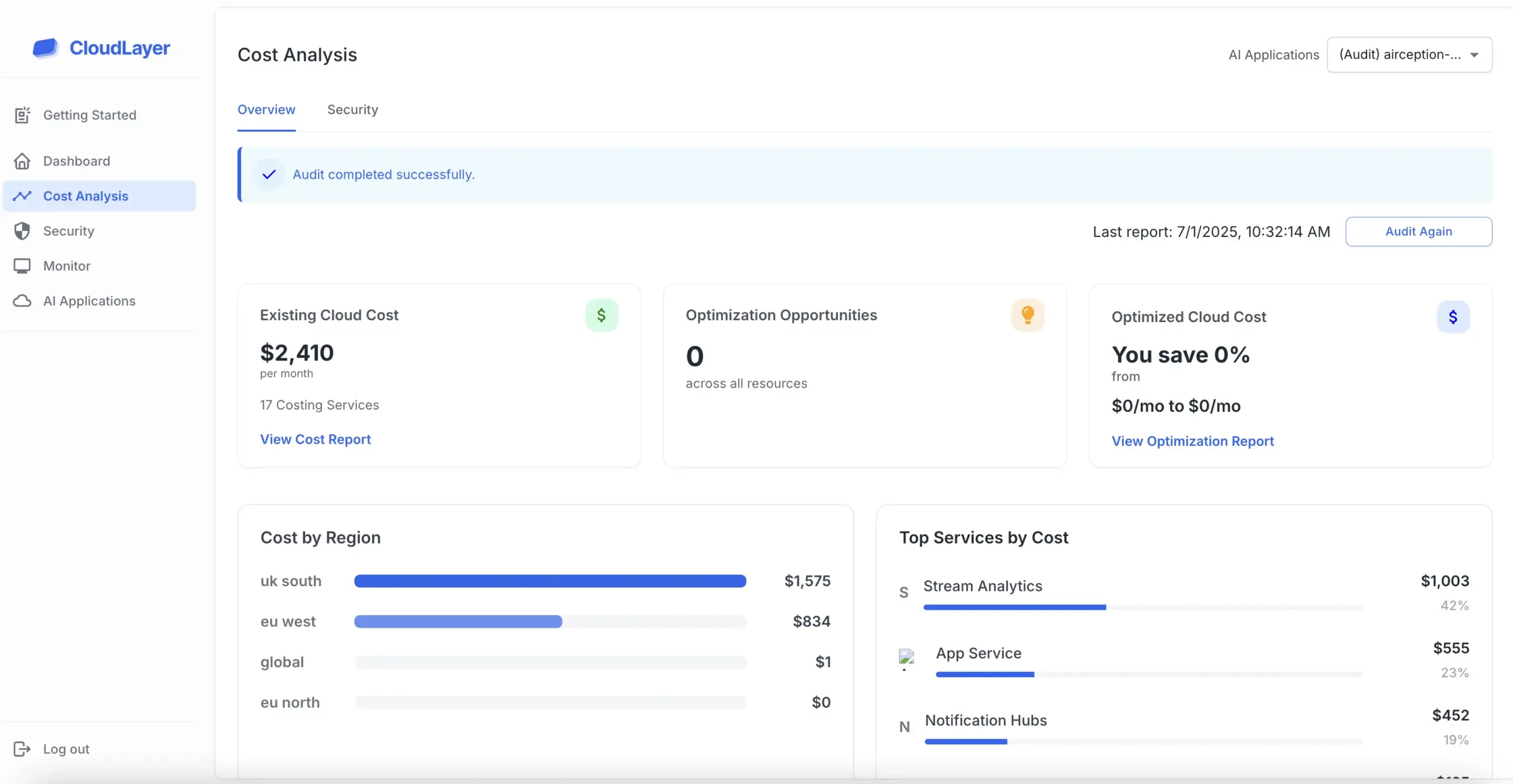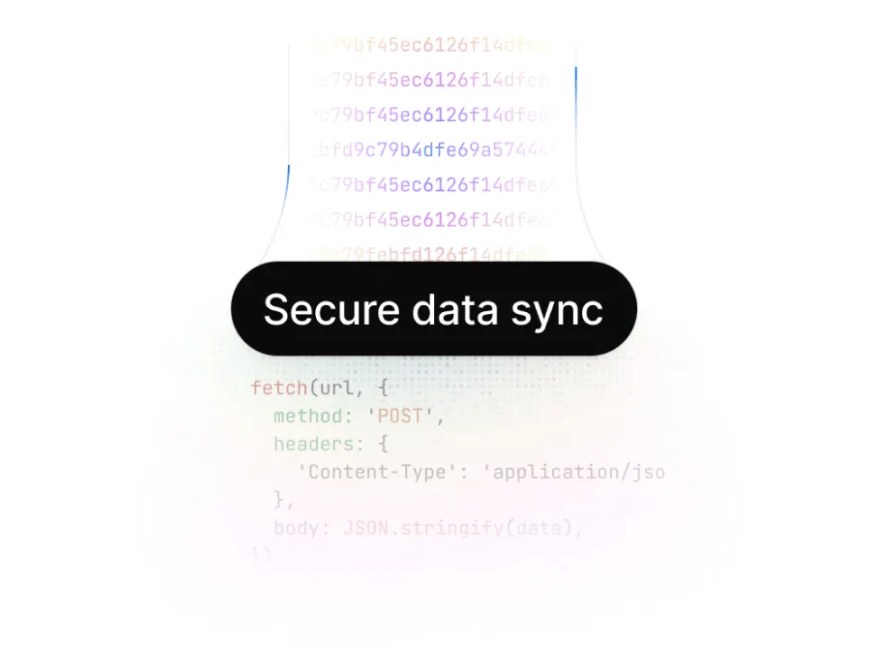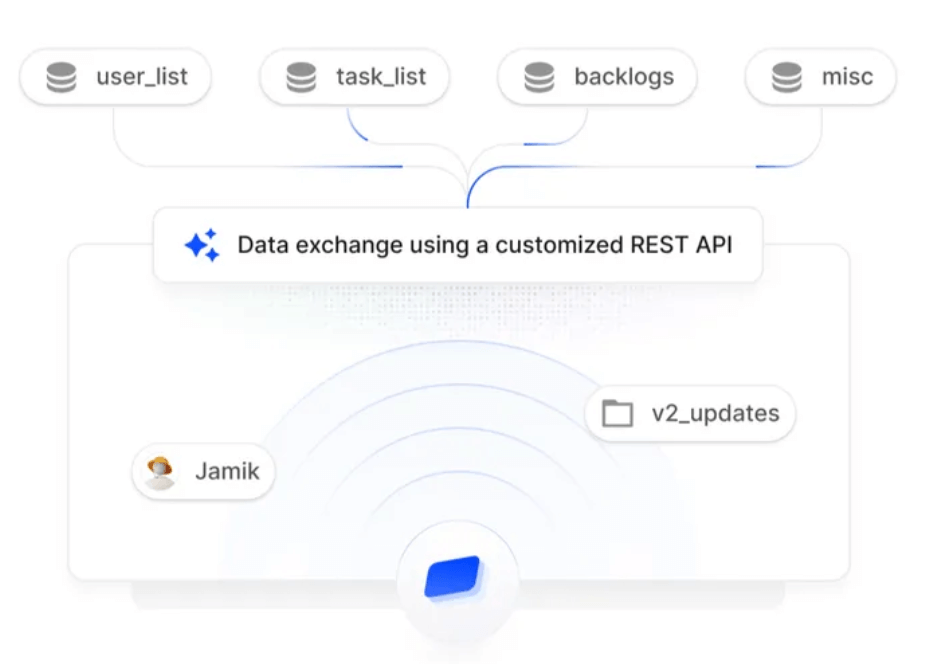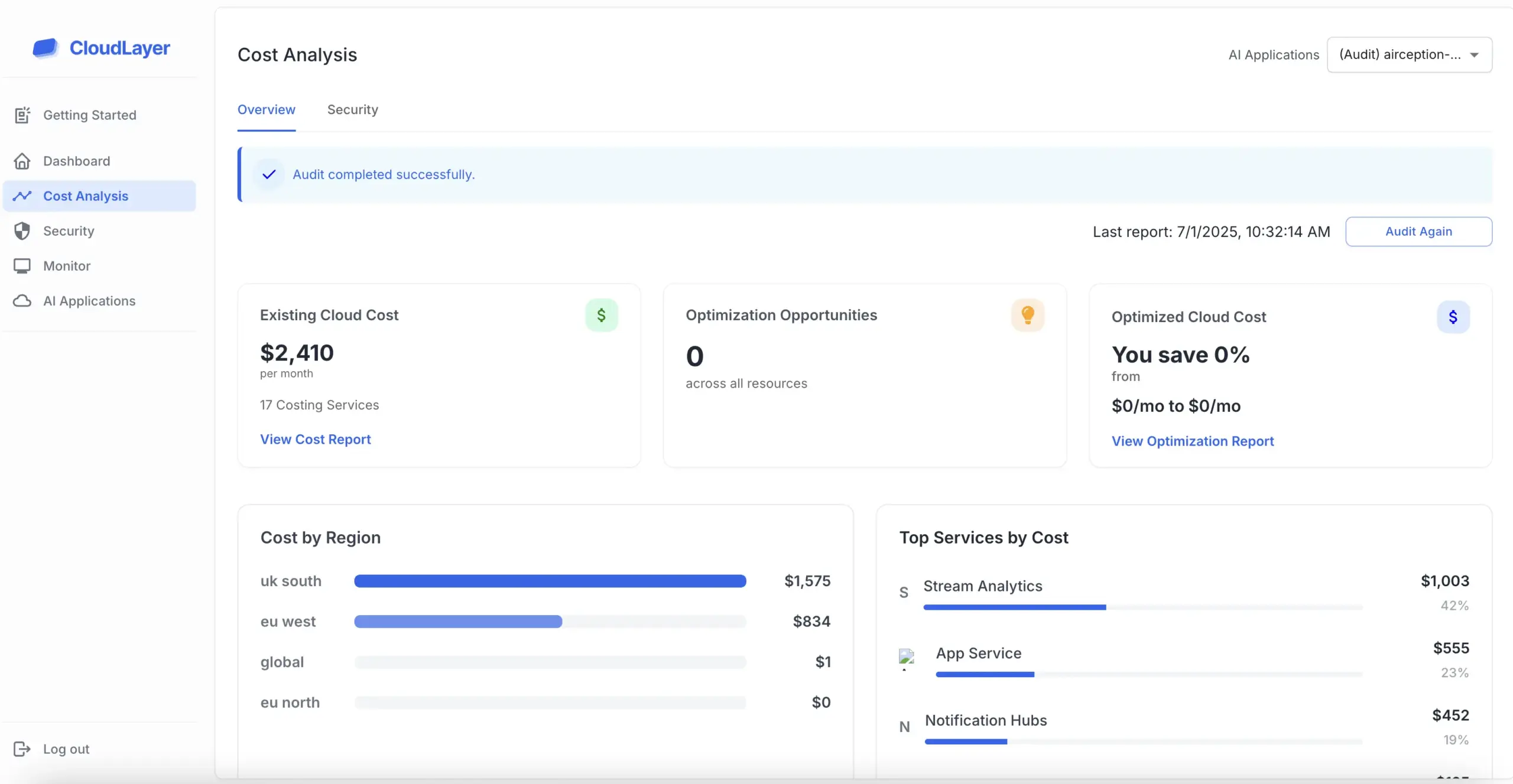

AWS fees can be categorized into several types, including on-demand pricing, reserved instances, and spot instances. Each of these pricing models caters to different usage patterns and can significantly affect your overall costs.

On-demand pricing allows users to pay for compute capacity by the hour or second, depending on the service. This model is ideal for applications with unpredictable workloads, as you only pay for what you use.

Reserved instances provide a significant discount compared to on-demand pricing, but they require a commitment to use specific instances over a one or three-year term. This option is suitable for steady-state workloads where usage is predictable.

Spot instances allow users to bid on unused EC2 capacity at potentially lower costs than on-demand pricing. While this can lead to significant savings, it comes with the risk that your instances may be terminated if your bid is outpaced.

